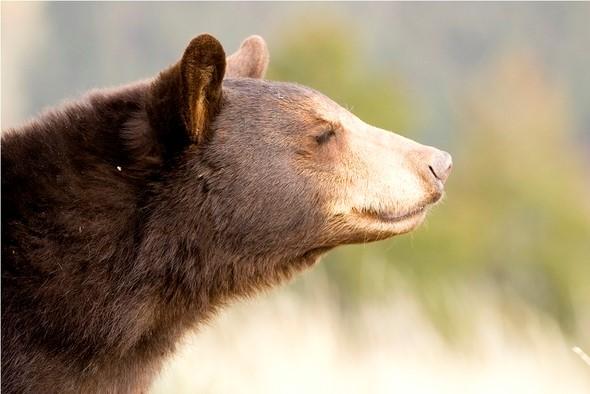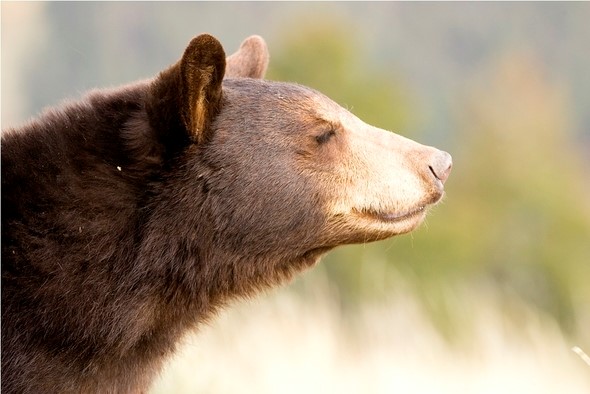
Xplor reconnects kids to nature and helps them find adventure in their own backyard. Free to residents of Missouri.


































Stay in Touch with MDC news, newsletters, events, and manage your subscription

Xplor reconnects kids to nature and helps them find adventure in their own backyard. Free to residents of Missouri.

A monthly publication about conservation in Missouri. Started in 1938, the printed magazine is free to residents of Missouri.


St. LOUIS, Mo.—Several confirmed bear sightings recently in the St. Louis region, including in Ballwin, Wright City, Cuba, and multiple accounts in Jefferson County, show us that black bears are becoming part of Missouri’s landscape once again.
Why the increase in sightings recently? The Missouri Department of Conservation’s (MDC) ongoing bear research suggest the Show-Me-State is currently home to around 350 black bears. “Most of our bears are found in the southern part of the state. That’s where the best habitat is,” said Tom Meister, MDC Wildlife Damage Control Biologist for MDC’s St. Louis Region.
However, research also indicates the population seems to be expanding slowly, both in total numbers and northward. As younger males come of age, older, established males chase younger ones out of their territories, putting the juvenile bears on the move. Seeking food and mates also compels bears to push into new areas. This recent uptick in sightings is likely an indicator of this expansion.
These creatures are part of our state’s natural history and many people enjoy the thought of seeing one of these impressive animals. With an expanding population of bears, however, comes an increased potential of bear-human interactions. MDC biologists suggest a few simple measures can avoid potential problems.
While generally not aggressive, like any wild animal black bears are driven to find food. It takes a lot of calories to fuel an animal that typically weighs several hundred pounds. Their hunger can be especially acute in early summer.
“The bears have been out of hibernation since spring. Now they’re hungry. They were dormant for almost six months, and they’re looking for food. So, we don’t want to tempt them,” Meister said.
Food, or rather the lack of it, is key to avoiding conflicts with bears. Meister stressed not to offer them food, either intentionally or unintentionally. A bear that becomes accustomed to obtaining food from humans can grow aggressive. This could result in problematic encounters, property damage, hostile behavior, and ultimately the euthanizing of the bear.
Despite their primary concentration in the Ozarks, the latest sightings in the St. Louis metro area confirm MDC wildlife biologists’ anticipation that bear encounters will probably increase as time goes by.
Meister suggested the following tips to avoid issues if a bear has been sighted in the area.
“We also recommend bringing bird feeders in after April,” Meister pointed out. “There’s plenty of natural food out there for birds to find. It’s just another attractant that might cause an issue with bears.”
These measures will also reduce the risk of annoyance from more common critters like raccoons and coyotes.
St. Louis area residents who travel to the southern Missouri Ozarks on fishing, hunting, hiking, float or camping trips may have a higher chance of a bear sighting. The likelihood is greater still when staying in established campsites where human food temptations are commonly found. Meister outlined some simple guidelines on averting problems while spending the night in bear country.
With a few sensible measures, it’s possible to welcome back Missouri’s black bears as our neighbors in the wild, without inviting them to the dinner table.
For more on black bears in Missouri, go to www.mdc.mo.gov/bearaware.